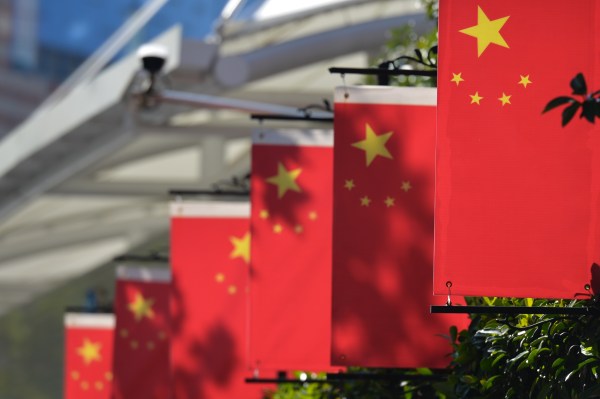
China’s government has made technological independence from the United States one of its highest priorities. And now, it appears to be putting its money where its messaging has been.
According to the Wall Street Journal, China is close to finalizing a $47 billion investment fund that would finance semiconductor research and chip startup development. The fund, formally the China Integrated Circuit Industry Investment Fund Co., appears to be underwritten predominantly by government capital sources.
Such a fund has been rumored for months, with the size of the fund ranging widely. Just two weeks ago, Reuters had reported that the fund would be $19 billion, while Bloomberg reported $31.5 billion two months ago. The exact number appears to be under intense negotiation among the Chinese leadership, and is also responsive to the increasingly tense trade negotiations with the United States.
If the $47 billion number pans out, it would be identical in size to a $47 billion fund that was financed by Tsinghua University, China’s leading engineering university, to spur the development of an indigenous semiconductor industry back in 2015.
China is highly dependent on foreign tech in its semiconductor industry, importing 90% of its chips in order to power its fast-growing economy. The Chinese government has always been wary of that dependency, but its fears were heightened in recent weeks after the United States banned American companies from selling components to ZTE, a prominent Chinese telecom equipment manufacturer.
Chinese President Xi Jinping has gone on something of an indigenous innovation tour in recent weeks, visiting factories across the country and encouraging further investment in the country’s technology industry. From the Communist Party of China’s official newspaper the People’s Daily two weeks ago, “National rejuvenation relies on the ‘hard work’ of the Chinese people, and the country’s innovation capacity must be raised through independent efforts, President Xi Jinping said on Tuesday.”
While the numbers discussed are eye-popping, so are the costs of developing leading-edge semiconductor technology. As semiconductors have grown more complex, costs have skyrocketed to maintain Moore’s Law. Intel spent more than $13 billion on R&D expenses alone in 2017, according to IC Insights, with Qualcomm, Broadcom, and Samsung each spending more than $3 billion.
While China may try to play catchup in the broad category of semiconductors, it is strategically placing its money on new areas like 5G wireless and artificial intelligence-focused chips where it might become a leading provider of technology. Concerns over 5G in particular have galvanized American attention on Qualcomm and its ability to compete in what is rare virgin territory in the telecom equipment space.
For American companies like Intel and Qualcomm, who are used to holding de facto monopolies on entire swaths of the semiconductor market, the renewed competition from China is going to pressure them to push their tech forward faster.
Be the first to comment